☰
×
- Home
-
Nepal
-
Trekking
- Dhampus trek
- Jomsom Muktinath Trek
- Annapurna Base Camp Trekking (Sanctuary)
- Annapurna Circuit(Round) Trekking
- Mardi Himal Trekking
- Ghorepani Cleaning Trek
- Annapurna Panorama Trek
- Annapurna Culture Trek
- Everest Base Camp Trek
- Everest Panorama Trek
- Khopra Trek
- Mohare Danda Trek
- Ganesh Himal Trekking
- Ganesh Himal Medical Trek
- Langtang Valley Trek
- Langtang Gosainkund Trek
- Ganja La Pass Trekking
- Ruby Valley Pangsang Pass Trek
- Langtang Gosainkund Helambu Trek
- Tamang Heritage Trek
- Panch Pokhari Trek
- Upper Mustang Trek
- Everest High Pass Trek
- Gokyo Valley Trek
- Gokyo Chola Pass Trek
- Salleri to Everest Base Camp Trekking
- Pikey Peak Trek
- Tsum Valley Trek
- Manaslu Circuit Trek
- Lower Dolpo Trek
- Makalu Base Camp Trek
- Ghorepani Poon Hill Trek
- Helambu Trek
- Jyamrung Trek
- Chepang Indigenous Trek
- Dhampus Sarangkot Trek
- Ghandruk Trek
- Surya Chaur Chisapani Trekking
- Yoga Soft Trek
- Indigenous Trek
- Nepal Social Treks
- Yoga Shamanism Trek
- Chisapani Nagarkot Dhulikhel Trek
- Kathmandu Valley Trek
- Khaptad National Park
- Jiri to EBC Trek
- Nomad Community Trek
- Annapurna Luxury Trek
- Tilman Pass Trek
- Helambu – Ama Yangri Trek
- Peak Climbing
- Chulu West Peak Climbing
- Chulu Far East Climbing
- Island peak via Gokyo-Chola-EBC
- Island Peak Direct Route
- Lobuche Peak Climbing
- Mera and Island Peak via Apulapcha Pass and EBC
- Mera Peak Direct Route
- Mera Peak Climbing
- Naya Kangi Peak Climbing
- Paldor Peak Climbing
- Pisang Peak Climbing
- Tent Peak Climbing
- Yala Peak Climbing
- Pachermo Peak via Tsho Rolpa Lake
- Lobuche Peak via Gokyo Chola Pass EBC
- Rafting and Kayaking
- Wildlife Safari
- Adventurous Trip
- Mountain Biking
- Hiking
- Tours
- Day Tours
- Expedition
- Ganesh Himal-I Expedition
- Ganesh Himal -IV Expedition
- Makalu Expedition
- Annapurna Expedition
- Ganesh Himal -V Expedition
- Dhaulagiri Expedition
- Ama Dablam Expedition
- Cho Oyu Expedition
- Everest Expedition from Tibet Side
- Everest Expedition
- Kanchenjunga Expedition
- Lhotse Expedition
- Manaslu Expedition
- Pumori Expedition
- Annapurna I Climbing
- Ganesh Himal Climbing
- Himlung Himal Climbing
- Tibet
- Tours
-
Bhutan
-
Tours
- Trekking & Hiking
- India
-
Tours
- Trekking and Hiking
- Multi Country
-
Nepal Tibet Bhutan Trekking
- Nepal Bhutan Tour
- Nepal Bhutan Trek
Upper Mustang Trek: Unveiling the Hidden Gem of Nepal
- Home
- Upper Mustang Trek: Unveiling the Hidden Gem of Nepal
;IntroductionSettled in the majestic Himalayas, the Upper Mustang region in Nepal is a hidden gem that attracts adventurers with its pristine landscapes, rich cultural heritage, and awe-inspiring trekking trails. This remote and confined area offers a unique experience, allowing trekkers to involve themselves in the mystical beauty of the Himalayas while exploring ancient monasteries, lively villages, and dramatic cliffs. In this article, we will embark on a virtual journey to discover the wonders of the Upper Mustang Trek.Understanding the Upper Mustang RegionLocated in the rain shadow of the Annapurna and Dhaulagiri ranges, the Upper Mustang region is a remote area in north-central Nepal. Formerly a separate kingdom, it opened up for trekking in 1992, providing a glimpse into its ancient culture and untouched landscapes. The region is characterized by desert valleys, wrecked cliffs, and towering peaks, offering a stark contrast to the lush greenery of other trekking regions in Nepal.Permits and RegulationsTo explore the Upper Mustang region, trekkers need to obtain two permits: the Annapurna Conservation Area Permit (ACAP) and the Restricted Area Permit (RAP). These permits are necessary to preserve cultural heritage and limit the number of visitors. It is advisable to trek with a registered trekking agency that can arrange the permits and ensure compliance with the regulations.Best Time to TrekThe best time to embark on the Upper Mustang Trek is all year around except in the winter (January/February). These months offer stable weather conditions with clear skies and moderate temperatures. The spring season brings colorful wildflowers, while autumn offers very clear views of the snow-capped peaks.Trekking Routes and Highlights1. Jomsom to KagbeniThe trek usually begins from Jomsom, a picturesque town famous for its apple orchards and breathtaking mountain views. The trail follows the Kali Gandaki River, passing through charming villages and ancient monasteries. Kagbeni, a gateway to Upper Mustang, offers a glimpse into Tibetan-influenced culture and marks the entry point to the restricted area.2. Kagbeni to CheleFrom Kagbeni, the trail gradually ascends to the village of Chele. This section of the trek presents mesmerizing landscapes with towering cliffs, red sandstone formations, and views of the Nilgiri and Tilicho peaks. The cultural immersion begins as you encounter local villagers and witness their unique way of life.3. Chele to SyangbocheThe trail from Chele to Syangboche takes trekkers through the Samar village, known for its ancient Buddhist monastery. The route offers breathtaking views of the Annapurna and Dhaulagiri ranges. Syangboche itself is a quaint village with narrow alleyways, whitewashed houses, and friendly locals.4. Syangboche to CharangThe journey from Syangboche to Charang introduces trekkers to the beauty of the Lo Mustang Valley. The trail passes through the Chungsi Cave Monastery and offers panoramic views of the Mustang Himal and the Kali Gandaki Valley. Charang, with its ancient fortress and monastery, showcases the rich cultural heritage of the region.5. Charang to Lo ManthangThe final stretch of the trek takes you from Charang to Lo Manthang, the capital of the former Mustang Kingdom. Lo Manthang is a remarkable walled city adorned with ancient palaces, monasteries, and vibrant festivals. Exploring the narrow alleys and interacting with the locals provides a captivating cultural experience.Immersing in the Cultural Heritage1. Tiji FestivalThe Upper Mustang region is renowned for its vibrant festivals, with the Tiji Festival being the most famous. This three-day event showcases traditional dances, rituals, and masked performances that depict the victory of good over evil. Witnessing the Tiji Festival is an extraordinary cultural experience for trekkers fortunate enough to be there during the festivities.2. Cave Dwellings of MustangThe region is known for its unique cave dwellings, carved into the cliffs by ancient inhabitants. These caves served as homes, storage facilities, and meditation chambers for monks. Exploring these caves provides a glimpse into the history and spirituality of the Mustang people.3. Ancient MonasteriesThe Upper Mustang region is dotted with ancient monasteries that have withstood the test of time. These monasteries are home to precious Buddhist artifacts, ancient murals, and intricate sculptures. Visiting these monastic sites allows trekkers to gain insight into the spiritual practices and beliefs of the local communities.Accommodation and FacilitiesTeahouses and lodges are available along the Upper Mustang Trek. These guesthouses offer basic facilities such as beds, blankets, meals, and communal dining areas. Electricity and hot water may not be available all the time, and the toilets may be shared. However, they provide a warm and comfortable place to rest during your trek. It is advisable to carry cash, as credit card facilities may be limited.Physical Fitness and PreparationThe Upper Mustang Trek requires a moderate level of physical fitness. It is recommended to engage in regular exercise and cardiovascular training before the trek to improve endurance. Acclimatization days are built into the itinerary to allow the body to adjust to the high altitude gradually.Packing Essentials for Upper Mustang TrekWhen packing for the Upper Mustang Trek, it is essential to prioritize lightweight, breathable, and moisture-wicking clothing. It is crucial to pack smartly and carry only the essentials to keep the backpack weight manageable.Safety ConsiderationsSafety should always be a priority during trekking adventures. It is wise to trek with a licensed guide who is knowledgeable about the region and can provide assistance in case of any emergency. Proper acclimatization, staying hydrated, and following safety guidelines are crucial to ensuring a safe and enjoyable trek.ConclusionThe Upper Mustang Trek offers a remarkable journey through an enchanting land of rugged beauty and cultural wonders. From picturesque villages to ancient monasteries, every step reveals a new facet of the region's rich heritage. Whether it's the dramatic landscapes or the warm hospitality of the locals, the Upper Mustang Trek promises an unforgettable experience for adventure seekers and cultural enthusiasts alike.FAQs1. Is a permit required for the Upper Mustang Trek?Yes, trekkers need to get both the Annapurna Conservation Area Permit (ACAP) and the Restricted Area Permit (RAP) to visit the Upper Mustang.2. How challenging is the trekking terrain in Upper Mustang?The trekking terrain in Upper Mustang is moderate, with gradual ascents and descents. However, trekkers should be prepared for long walking hours and the high altitude.3. Are there any age restrictions for this trek?There are no specific age restrictions for the Upper Mustang Trek, but they must be in good health and should consult with their doctor before going on the trek.4. Can I trek independently, or should I hire a guide?Trekking independently is impossible on this trek. Upper Mustang is one of the restricted areas in Nepal, so you need to hire a guide with your trekking company. A guide provides valuable insights, ensures safety, and assists with permits and logistics.5. What makes the Upper Mustang Trek unique?The Upper Mustang Trek stands out for its distinct landscapes, ancient monasteries, and rich Tibetan-influenced culture. The region's restricted status adds to its allure, preserving its authenticity and exclusivity.Categories
Recent Posts
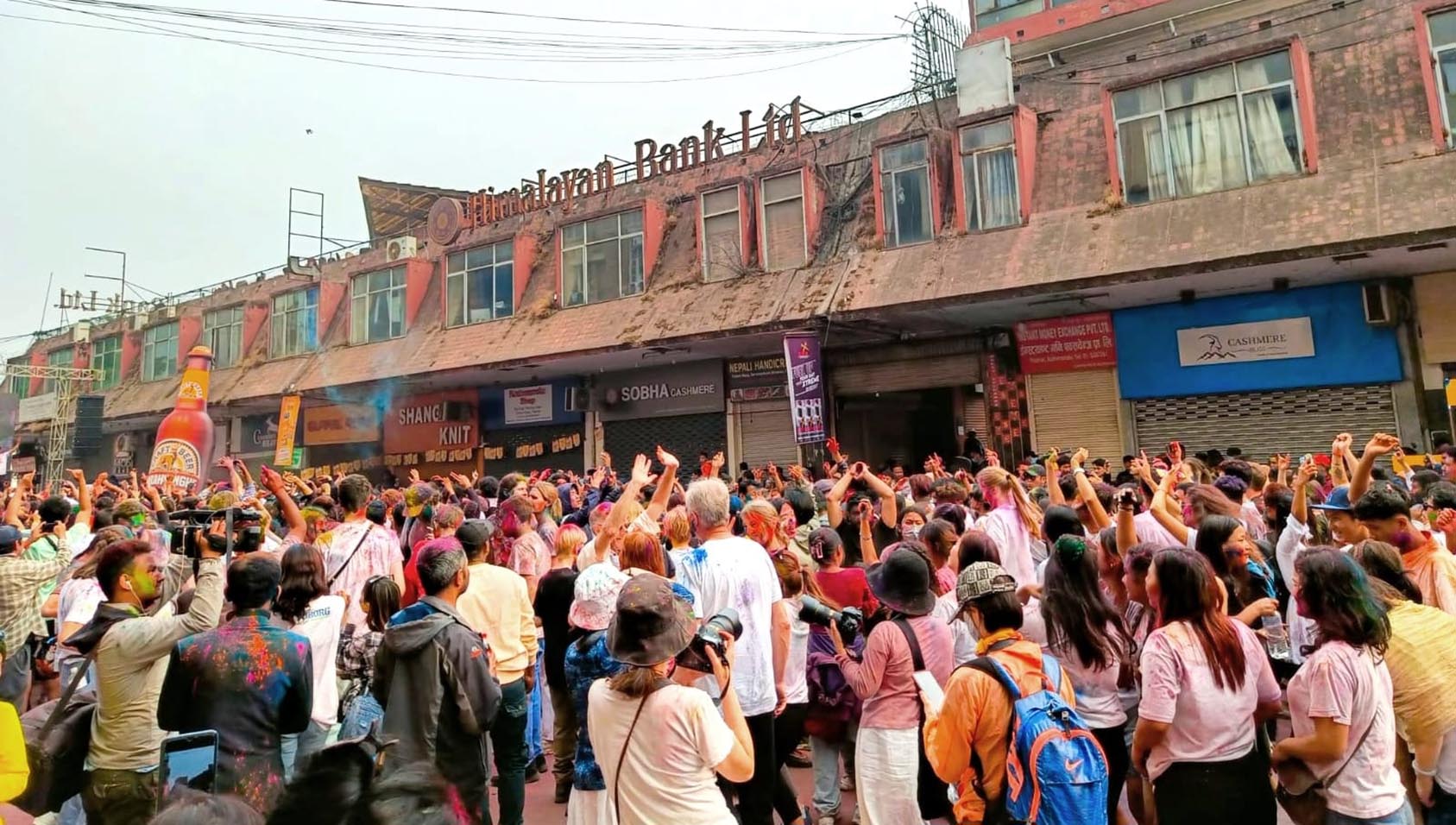
Celebrating Holi: The Vibrant Festival of Colors
24-03-2024
E-Visa in Nepal
11-02-2024
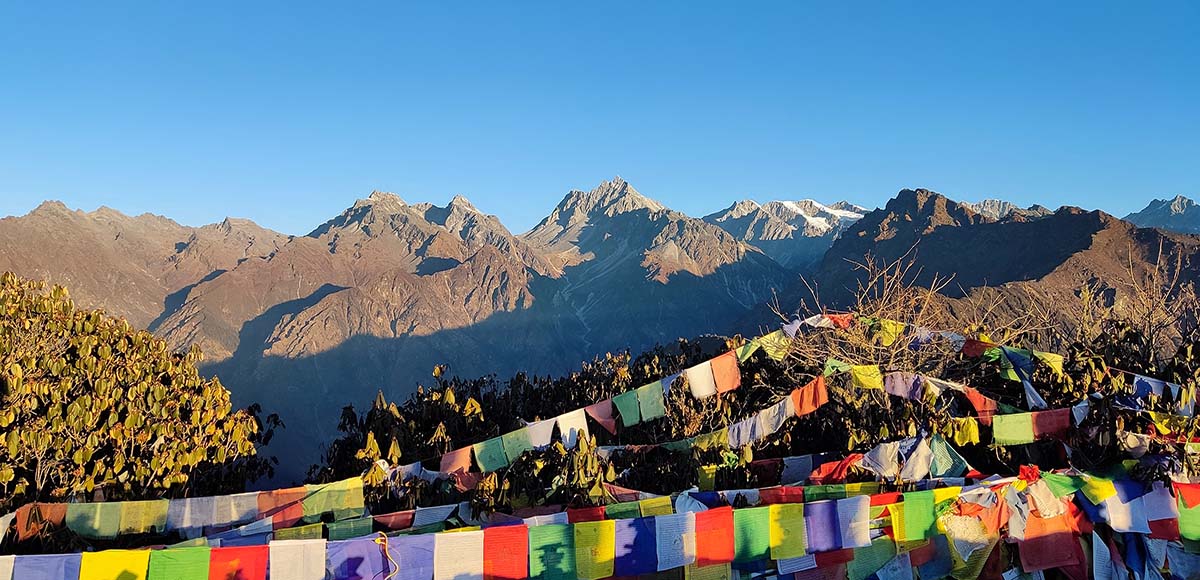
Helambu – Ama Yangri Trek!
12-01-2024
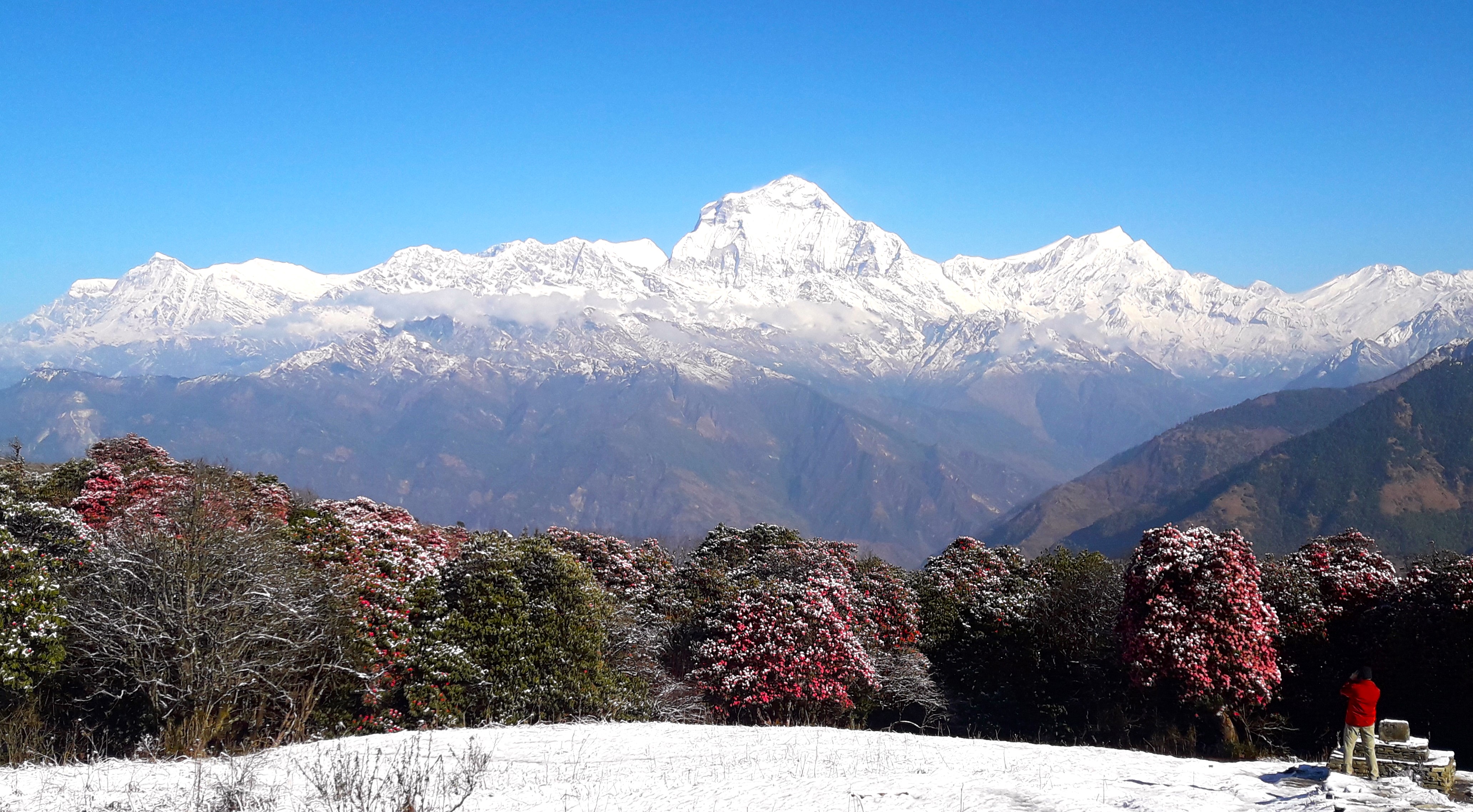
Ghorepani Poonhill: A Perfect Trek for Winter Season
08-12-2023
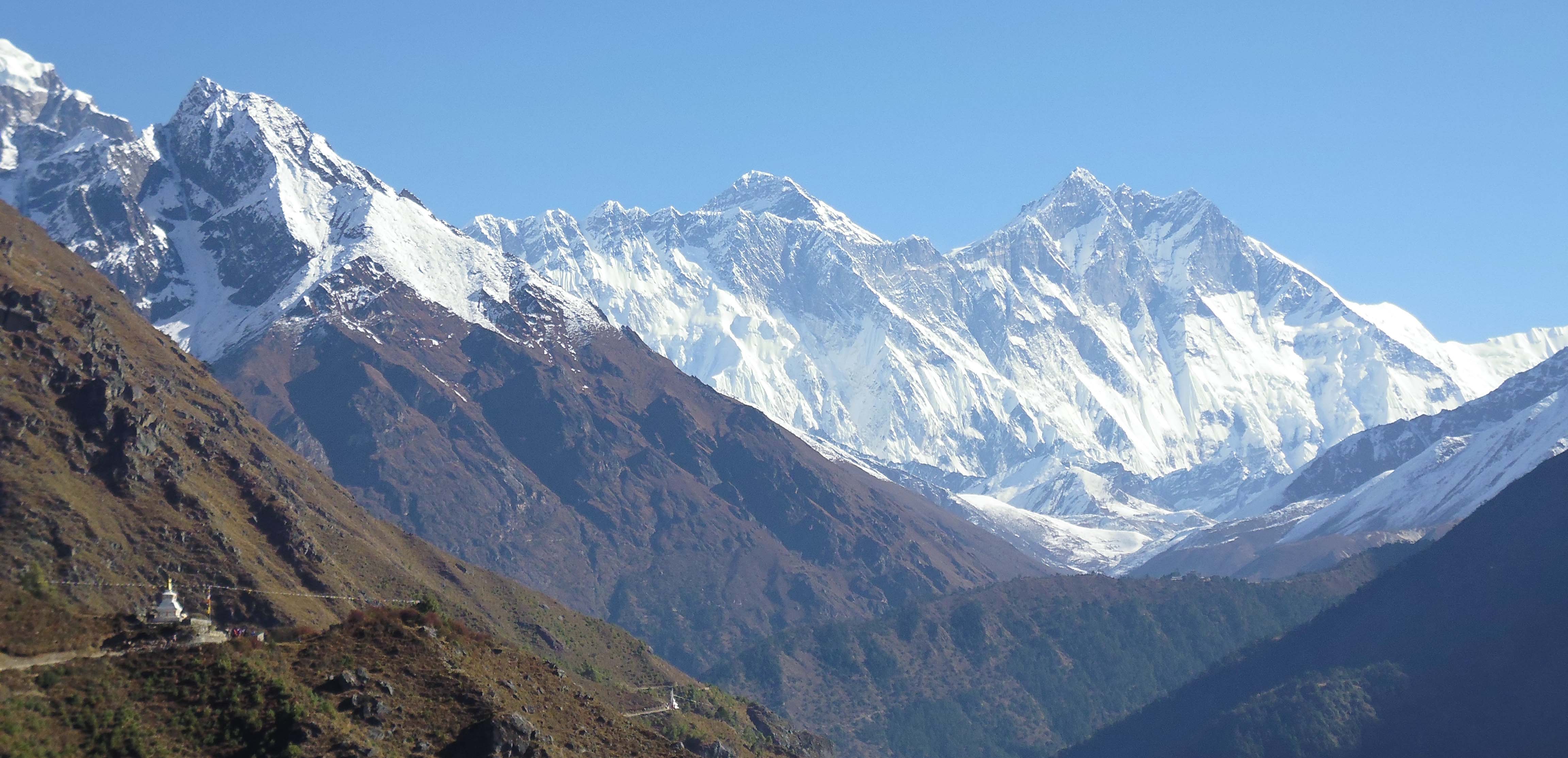
Winter Season Trekking in Nepal
06-11-2023
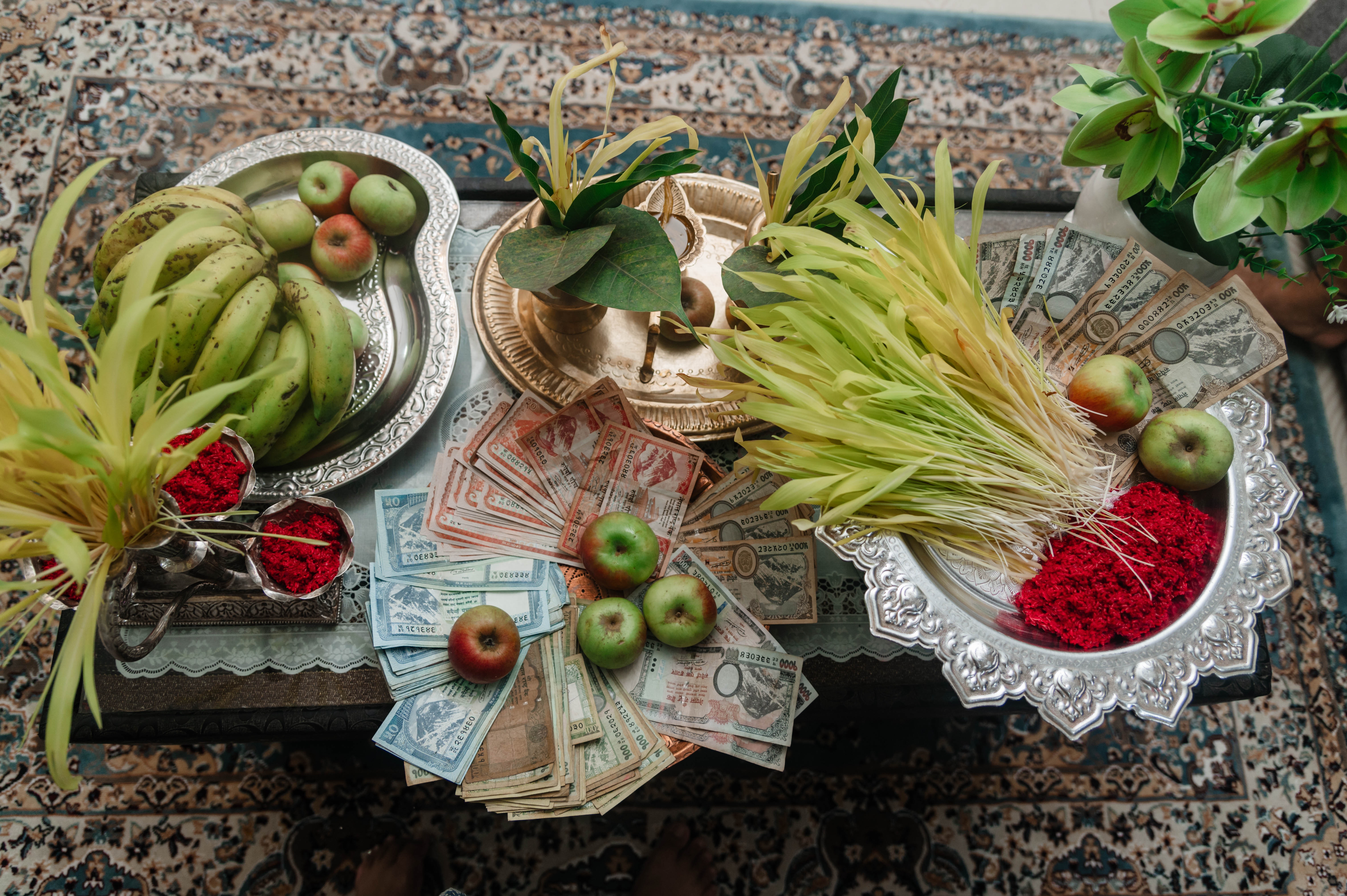
Dashain Festival in Nepal: A Celebration of Tradition and Unity
23-10-2023
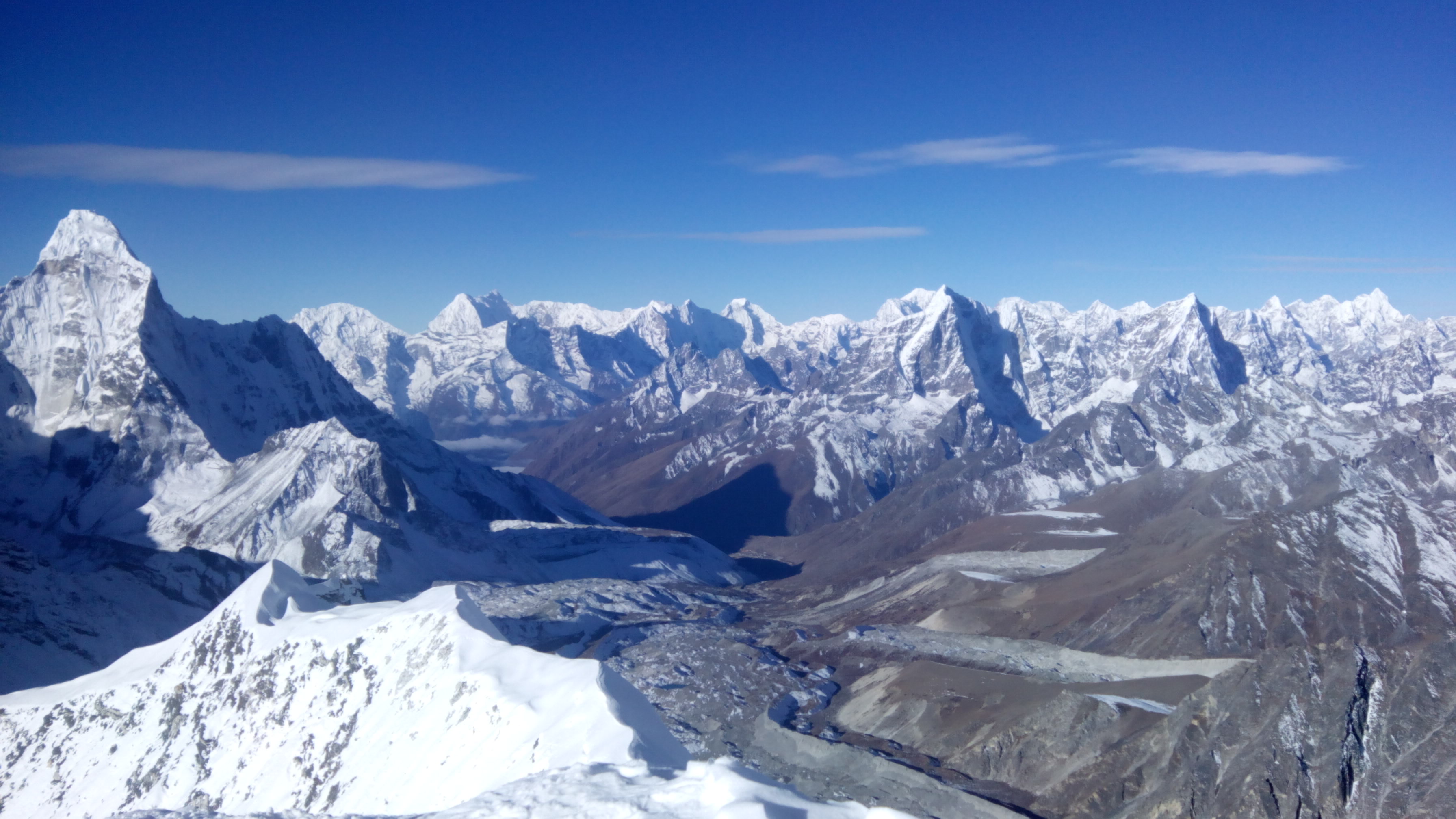
Island Peak : The journey full of adventures to the Himalayas of Nepal.
21-09-2023
Are you looking forward to extend your travel business in nepal?
Partner With UsTOP
- Nepal Bhutan Tour
-
Tours
-
Trekking

